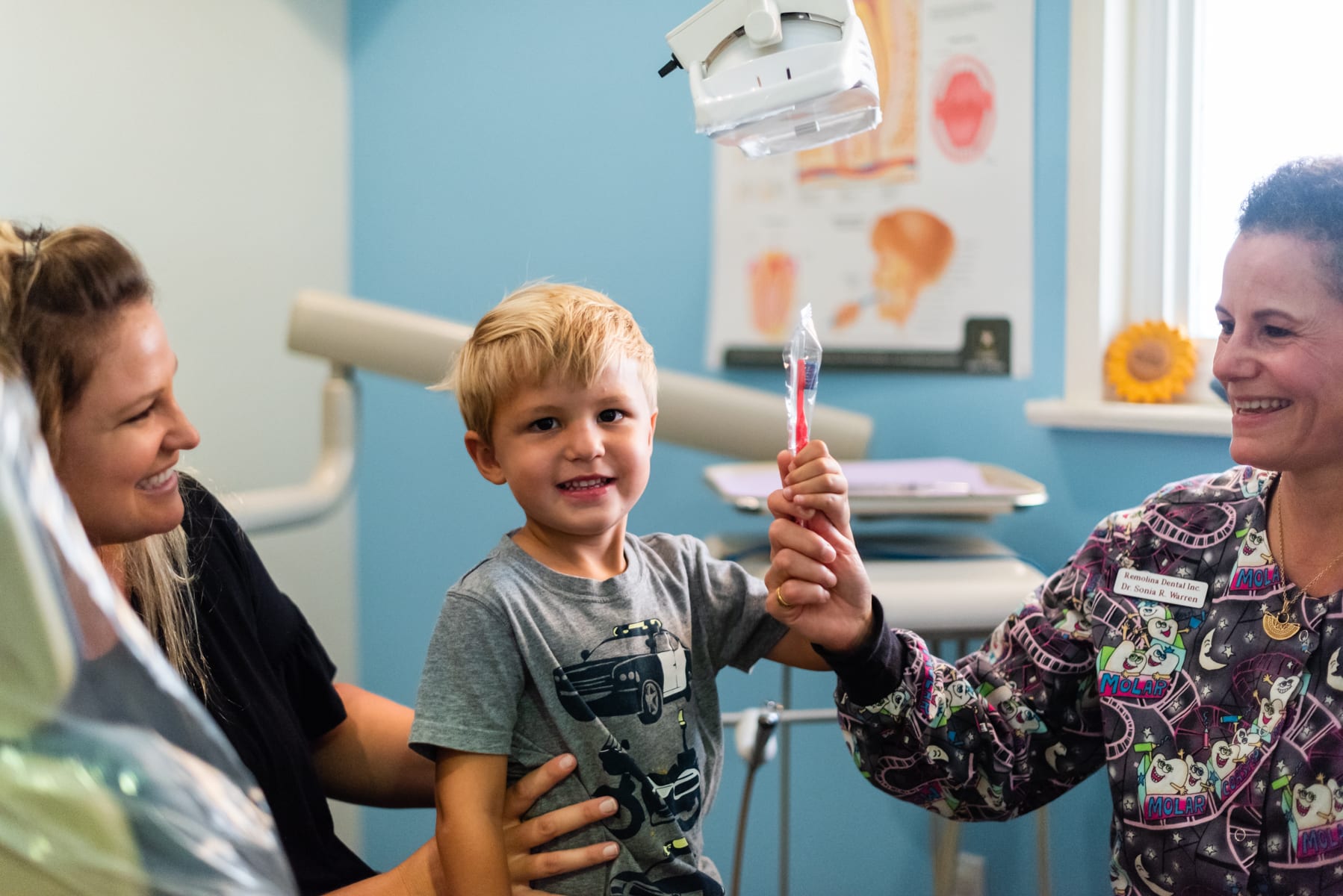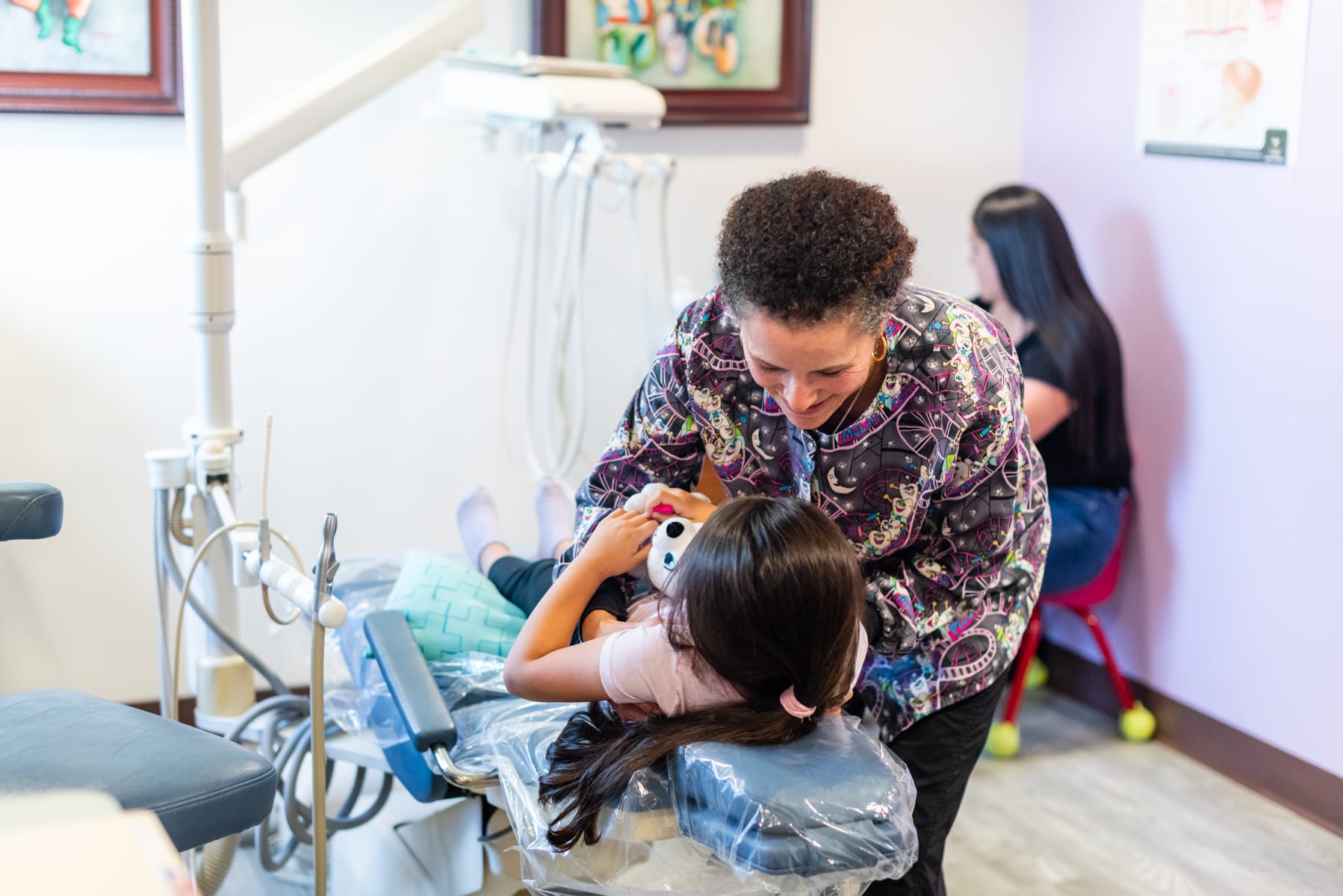Patient
Education & ResourcesWelcome to our Resources Page where we provide the forms necessary for your appointments as well as some additional useful information for parents and kids alike.




Only the BEst
We Know How to Make Dentist Appointments Fun For Kids
We want to welcome you to the Remolina Dental family!
We are glad that you are interested in Dr. Sonia’s Lomita, CA dental practice. New patients are always welcome here. Everyone at Remolina Dental is committed to making your child’s visit as pleasant and stress-free as possible. You can count on our friendly, highly experienced staff to provide the highest standard of dental care in a clean, state-of-the art environment. Your child’s comfort, safety and well-being are our top priority. We look forward to seeing you soon!
– Dr. Sonia and the Remolina Dental team
Resources
New patient forms
We want to welcome you to the Remolina Dental family!
We are glad that you are interested in Dr. Sonia’s Lomita, CA dental practice. New patients are always welcome here. Everyone at Remolina Dental is committed to making your child’s visit as pleasant and stress-free as possible. You can count on our friendly, highly experienced staff to provide the highest standard of dental care in a clean, state-of-the art environment. Your child’s comfort, safety and well-being are our top priority.
We look forward to seeing you soon!
– Dr. Sonia and the Remolina Dental team
Click Below to download new patient registration materials
patient
education
Click Below to download new patient registration materials
How to Brush Your Teeth

There are a variety of techniques for brushing your teeth, but one of the most popular ones is described here:
How to Floss Your Teeth
Your Baby's Dental Care
*When should bottle-feeding be stopped?
Children should be weaned from the bottle at 12-14
months of age.
*How can I prevent tooth decay while
nursing or using a bottle?
Avoid nursing or bottle feeding “at will” after the first
teeth start showing. Provide water only in bottle for
sleeping.
*Any advice on teething?
Baby’s teeth start erupting from six months to age 3.
A chilled teething ring, cool spoon, cold wet wash
cloth or simply rubbing the baby’s gums with a clean
finger can sooth your baby.
*Should I worry about thumb and finger
sucking?
Not necessarily, it is normal for infants. Dr. Warren
will let you know if it becomes a concern affecting
the teeth or bite.
*When should I start cleaning my baby’s
teeth?
Starting at birth, clean the baby’s gums with a soft
cloth and water. Brush new teeth twice daily using a
smear of fluoridated tooth paste and small soft
toothbrush. Look for white spots on teeth surfaces that
could be early signs of cavities.
*When should my child see a Pediatric Dentist
and why?
“First visit by first birthday” or when first tooth comes in,
between 6-12 months of age. This will start your baby
with a dental home where you will get one to one
information for prevention of dental problems like
cavities. Caries is an infectious, contagious and
preventable disease.
At Remolina Dental we will help you start early to
develop a lifetime of good dental habits for your child.



